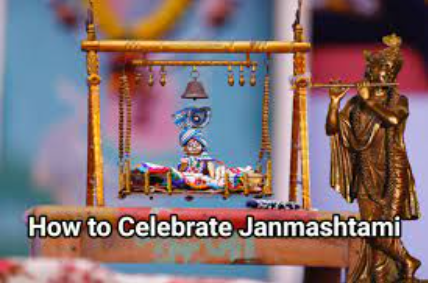Hariyali Teej: Significance, Celebrations and Rituals

This year, Haryali Teej will be observed on Saturday, 19 August. Hariyali Teej is one of the three major Teej festivals that are celebrated by Hindu married women across the world. The other two Teej festivals are Kajari Teej and Hartalika Teej. Celebrated on the third day of the bright half-lunar month of Shravan (Sawan), Hariyali Teej is dedicated to the union of Bhagwan Shiva and Mata Parvati. This Teej is majorly celebrated in North Indian states with much fun.
Hariyali Teej Date 2023
This year Hariyali Teej 2023 will be observed on August 19, 2023, just two days ahead of Nag Panchami, which is on August 21, 2023. Just after almost a month, on the Shukla Paksha Tritiya of the Hindu calendar month of Bhadrapad Maas (that is August and September according to the English calendar), on September 18, 2023, Hartalika Teej will be celebrated.
Important Teej Dates and Timings in 2023
- Hariyali Teej On Saturday – 19 August 2023
- Kajari Teej On Saturday – 2 September 2023
- Hartalika Teej On Monday – 18 September 2023
Hariyali Teej 2023 Tithi
- Sunrise – 19 August 2023 06:08 AM
- Sunset – 19 August 2023 06:52 PM
- Tritiya Tithi Begins – 08:01 PM on 18 August 2023
- Tritiya Tithi Ends – 10:19 PM on 19 August 2023
Significance of 16 Shringara in Teej
Also known as Singhara Teej (in Rajasthan) and Teenyan (in Punjab), the festival is massively celebrated by women folks with grandeur. Haryali means greenery in English, The name is derived from the season in which it is celebrated and that is the monsoon season, when nature is wrapped in abundance of greenery after the summer season. Haryali Teej is an extremely important festival for newly married women. The newlyweds visit their parents’ home on this occasion and they receive new clothes and 16 Shringara items along with sweets and other gifts, that she carries to her in-laws’ place. The gift will usually contain ghewar (a speciality sweet prepared during Teej), homemade sweets, Mehndi, and other Shringara items.
On the festival day, all married women and newlywed women, dress in either red or green sarees. They are fully decked up in 16 Shringaras (symbols of married women). Wearing all 16 Shringaras is believed to be very auspicious and it is said, it increases the life span of their husbands. Women on this day, gather at one place, sing folk songs, dance to folk songs and swings (jhulas) are arranged for fun and entertainment. Spiritual songs are also sung.
Teej Puja Rituals
Women will wear a green saree or lehenga (any traditional dress) and perform a special pooja. In Rajasthan, people take out processions with Mata Parvati or Teej Mata on the streets. Haryali Teej in Haryana is an official holiday. Similarly, women of every state celebrate Teej with some local flavour.
Mostly women fast the whole day, seeking blessings from Teej Mata for their husbands’ well-being. Some women observe nirjala vrat (they do not take even a drop of water in their mouth until the fast is over). Sindoor, Mehndi, and Choodi (bangles), are a must for married women on this day. They wear other jewellery too. Wearing jewellery and putting on all Shringara items is believed to be very auspicious for women and their families.
On this day, devotees (especially married women) offer puja to Mata Parvati (Teej Mata) and Bhagwan Shiva. A Teej vrat katha is read out and women celebrate the day with much fun and frolic. Women break their fast the next day after offering sindoor (vermillion) to Mata Parvati. The fast is broken with soaked black gram and cucumber. Later, an elaborate meal is prepared for all in the family.
Vrat Food During Hariyali Teej
Usually, women keep a 24-hour full-day fast on Teej. Many women observe nirjala vrat (do not even drink water). They drink water only after the Tritiya Tithi of Teej is over and that is the next morning, after offering vermilion to Mata Parvati.
Here, you will find more information on Hariyali Teej.
If you want to know more about Hariyali Teej Puja Vidhi, talk to our professional astrologers and pundits here.









